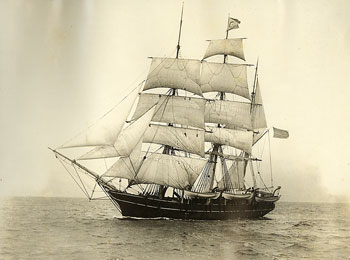- Page:
- 1 /
- 2
For centuries people have hunted whales for useful products, including meat, oil, bones, and baleen. The history of the European settlement and development in New England is closely linked to the pursuit of whales. The Mayflower itself served as a whaler both before and after depositing Pilgrims in the New World. As soon as coastal communities were founded, people chased whales along the shore and eventually further and further out to sea. The oil taken from these whales lit homes and public buildings from Boston to Paris. Whole towns grew up along the New England coast to supply the fourteen thousand voyages made in search of whale oil. Young men and boys from surrounding rural communities signed on for mulit-year voyages in hope of making a small fortune.
Many scholars have written about the American whaling industry. These authors comb through newspaper accounts, crew lists, legal contracts, and correspondence in order to piece together the history of whaling. Seamen's reminiscences of whaling and the diary entries of hundreds of sailors also help to describe shipboard life. Surviving ship logbooks preserve detailed daily information about the weather, the ship's location, and whales seen and captured.

Martha's Vineyard Museum